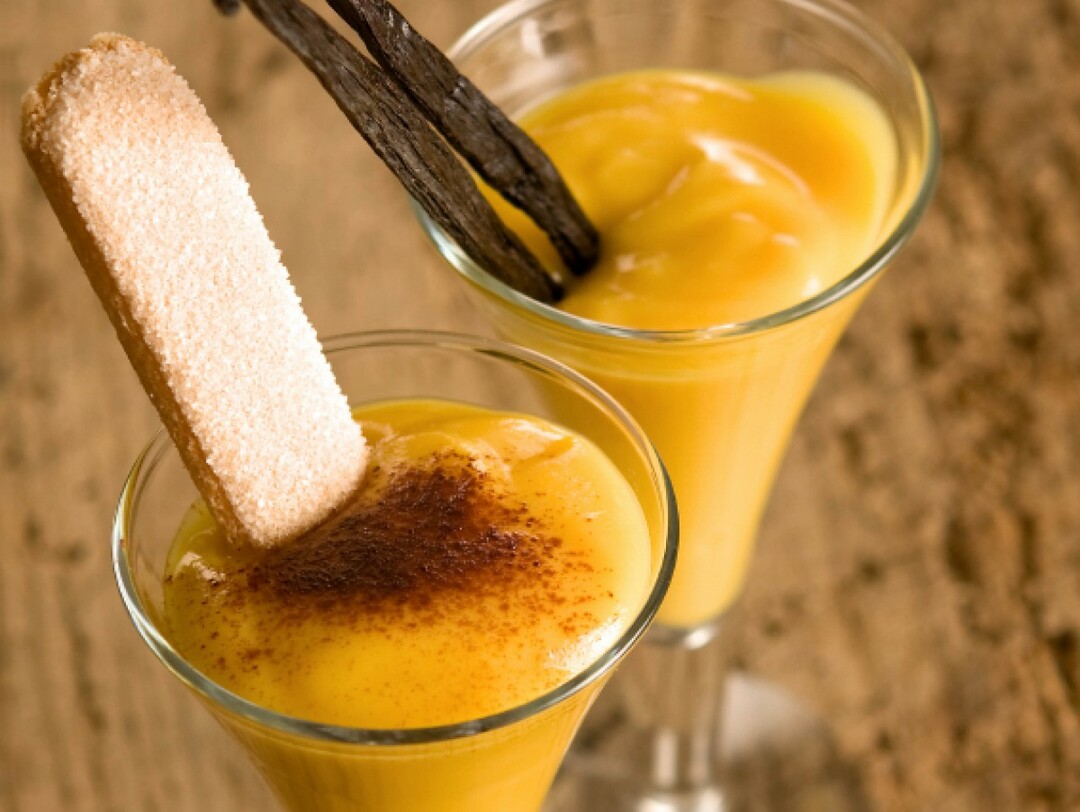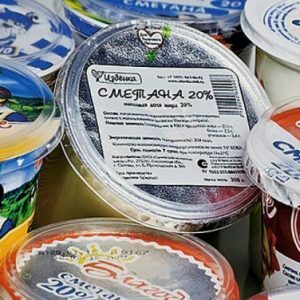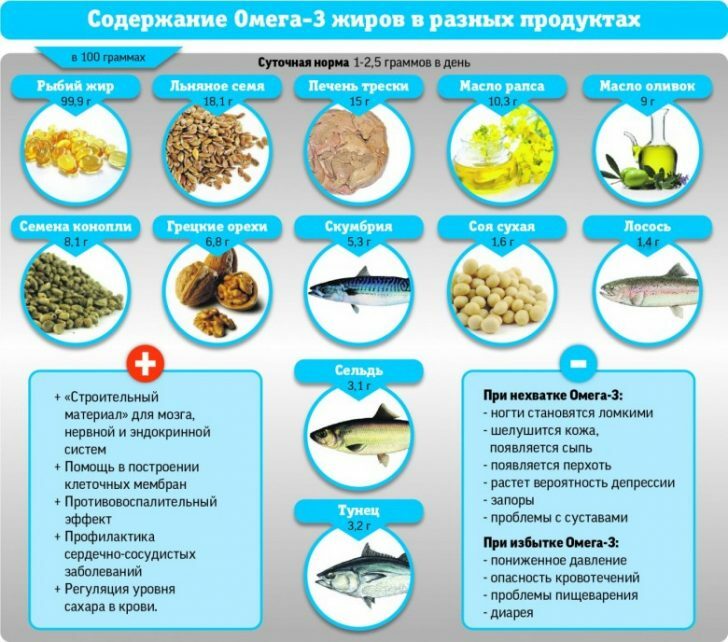Dutch cheese: benefit, harm, storage tips
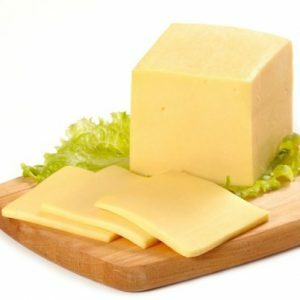
The Netherlands gave the world fabulous beauty of tulips, lightly salted herring Mathias and incredibly tasty spicy cheeses.Dutch cheese is one of the most popular, it is chosen for making sandwiches and sandwiches, it fits perfectly with vegetables and fruits in salads, perfectly behaves when baked and melted for fondue, for example.
But what do we really know about this product?Who invented it when, what are the useful properties of Dutch cheese and what you need to know about the rules of its use and storage?
Some historical facts
Although the cheese is called Dutch, in fact, the recipe for its preparation the Vikings adopted from the ancient Romans as far back as the 1st century BC.Those, to keep the milk in long transitions, curtailed it and then dried it in the sun.The Dutch went further, having improved the recipe at their own discretion.They began to soak the received mass in a saline solution to protect it from spoilage and to improve taste qualities.
 Very quickly, the Dutch peasants realized: the longer the cheese is stored, the more pleasant its taste and consistency become.Cheese-making developed rapidly, and already in the Middle Ages in Holland, there were whole markets, where they traded exclusively cheeses of different varieties.Cheese was a kind of currency.This product was paid tribute and taxes, it was presented as a gift to nobles and overseas guests.
Very quickly, the Dutch peasants realized: the longer the cheese is stored, the more pleasant its taste and consistency become.Cheese-making developed rapidly, and already in the Middle Ages in Holland, there were whole markets, where they traded exclusively cheeses of different varieties.Cheese was a kind of currency.This product was paid tribute and taxes, it was presented as a gift to nobles and overseas guests.
Interesting! The most popular and famous cheese from Holland is Gouda or Gaude.The product has a characteristic aroma and flavor with notes of walnut, dense consistency and yellow.Gourmets will appreciate Leyden cheese, flavored with cumin and cloves, as well as cheese with mold - the most famous Blau Claver and Dourovael.
Composition and calorific value of
The main component for making Dutch cheese is cow's milk.In it, bacteria are added, which help to curtail the product.Then the cheese mass is salted and pressed. After pasteurization, many useful substances are stored in the cheese:
-
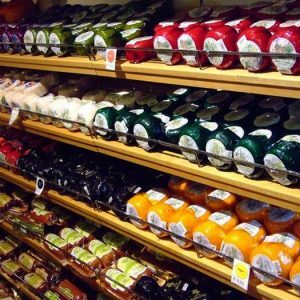 calcium;
calcium; - phosphorus;
- sodium;
- iron;
- folic acid;
- vitamins E, C, A, D;
- vitamins B1 and B2.
The calorific value of the cheese and its nutritional properties directly depend on the type and shape of the head. For example, most of the fats and salts are contained in round.There are also bar cheeses and cheeses-Lilliputians - they are the least caloric and are dietary.The average calorie content of Dutch cheese is 220-239 kcal.
Useful properties
Dutch cheese, if not smoked, can be included in dietary food, it is indicated for use in case of calcium deficiency, propensity to osteoporosis and other joint pathologies - but in moderate amounts and without sharp, fatty condiments and sauces.
As already mentioned, the cheese is rich in useful substances, vitamins and minerals, due to which it:
- perfectly quenches the hunger;
- strengthens bones and tooth enamel;
- improves the absorption of carbohydrates;
- regulates blood sugar levels;
- improves mood.
A sandwich or vegetable salad with cheese may well replace a full meal for those who watch their shape and try to eat right.
Important! Doctors recommend to include this product in the diet of pregnant women and nursing mothers.
Possible harm
 Acute cheeses are contraindicated in renal diseases, arterial hypertension, because they contain a lot of salt.
Acute cheeses are contraindicated in renal diseases, arterial hypertension, because they contain a lot of salt.
Cheese is a high-calorie product, and its abuse can lead to overweight, acne, digestive disorders.
The product contains lactic acids, which can irritate the stomach.Therefore, its use should be limited to people suffering from gastritis and peptic ulcer of the stomach or intestines.
Useful advices
To make the cheese not stale, not moldy and did not lose its flavor, it needs to be stored correctly:
- Cheese is better preserved in a whole piece, rather than sliced or crushed on a grater.
- You need to wrap the cheese in waxed paper or clean natural cloth, plastic bag is a bad choice.
- In the refrigerator on the shelf next to the cheese should not be other products with a pungent odor.
- The optimal temperature for storage is 10-15 degrees Celsius, but not more.
- The product will retain its plastic consistency and aroma for a long time if a piece of sugar is placed next to it.

Before serving, the cheese must first be removed from the refrigerator and allowed to lie down for a while at room temperature.Then he will reveal all his flavors and taste to the fullest.But it is not worth freezing: under the influence of low temperatures, the cheese begins to crumble and is suitable only for cooking casseroles or baking.

